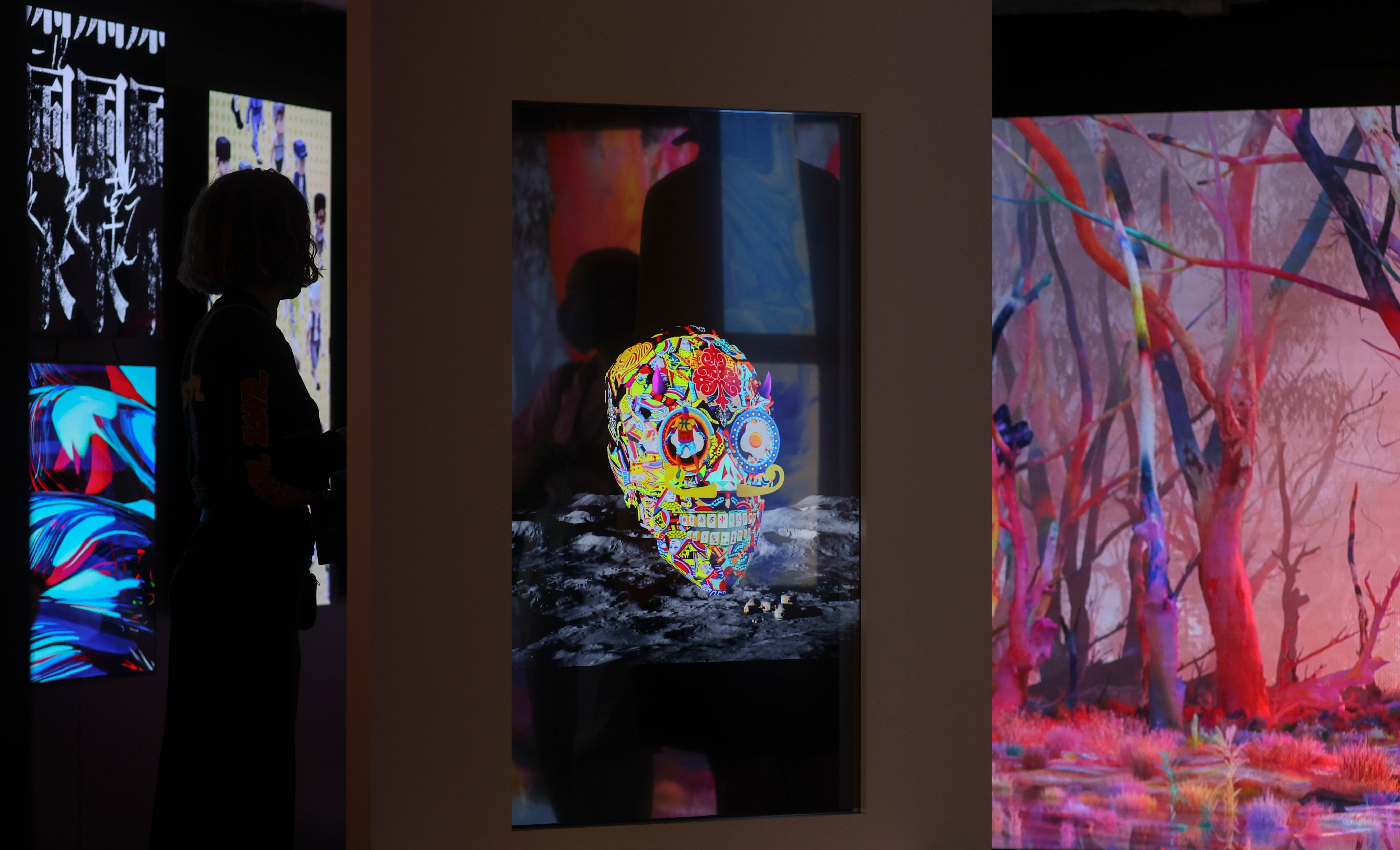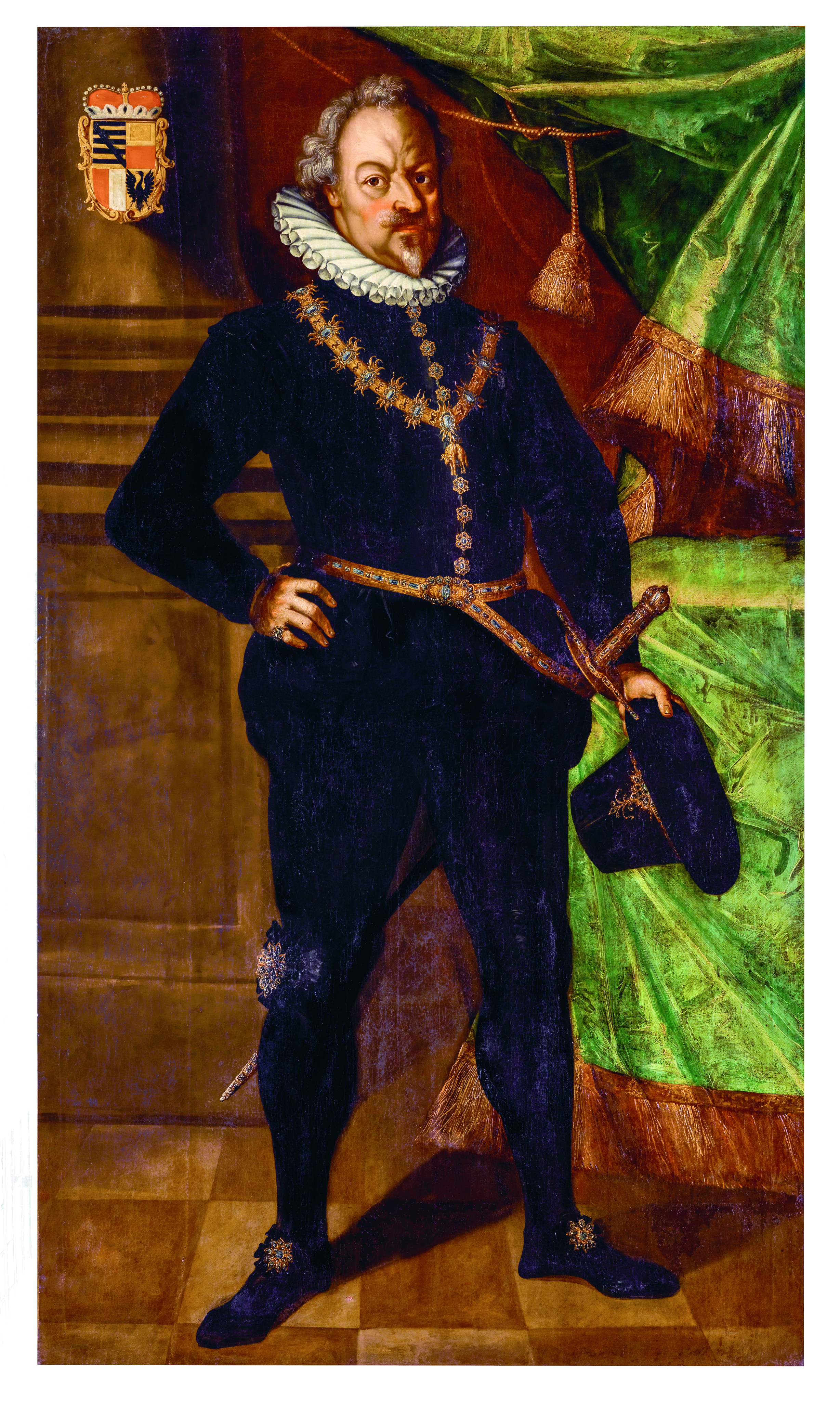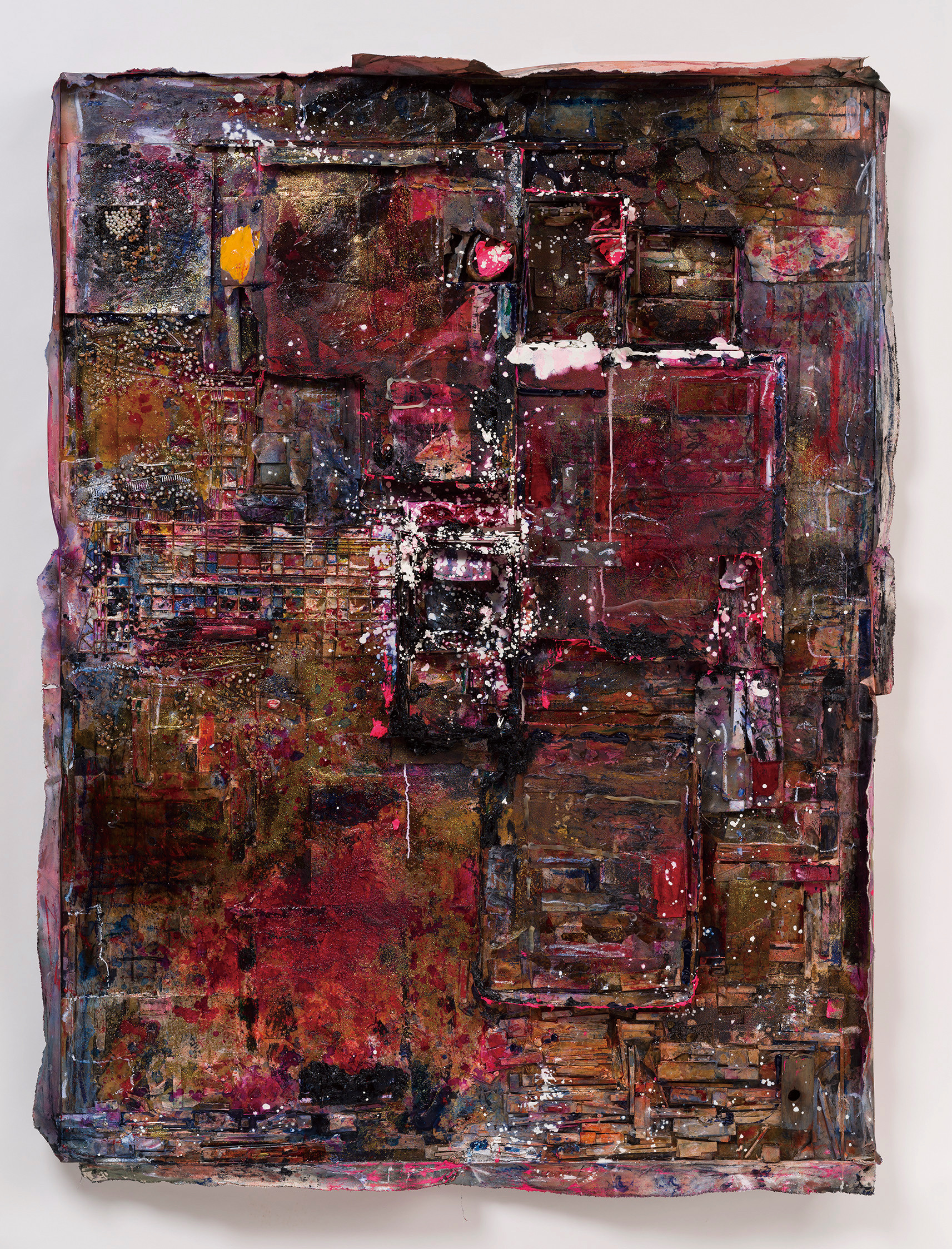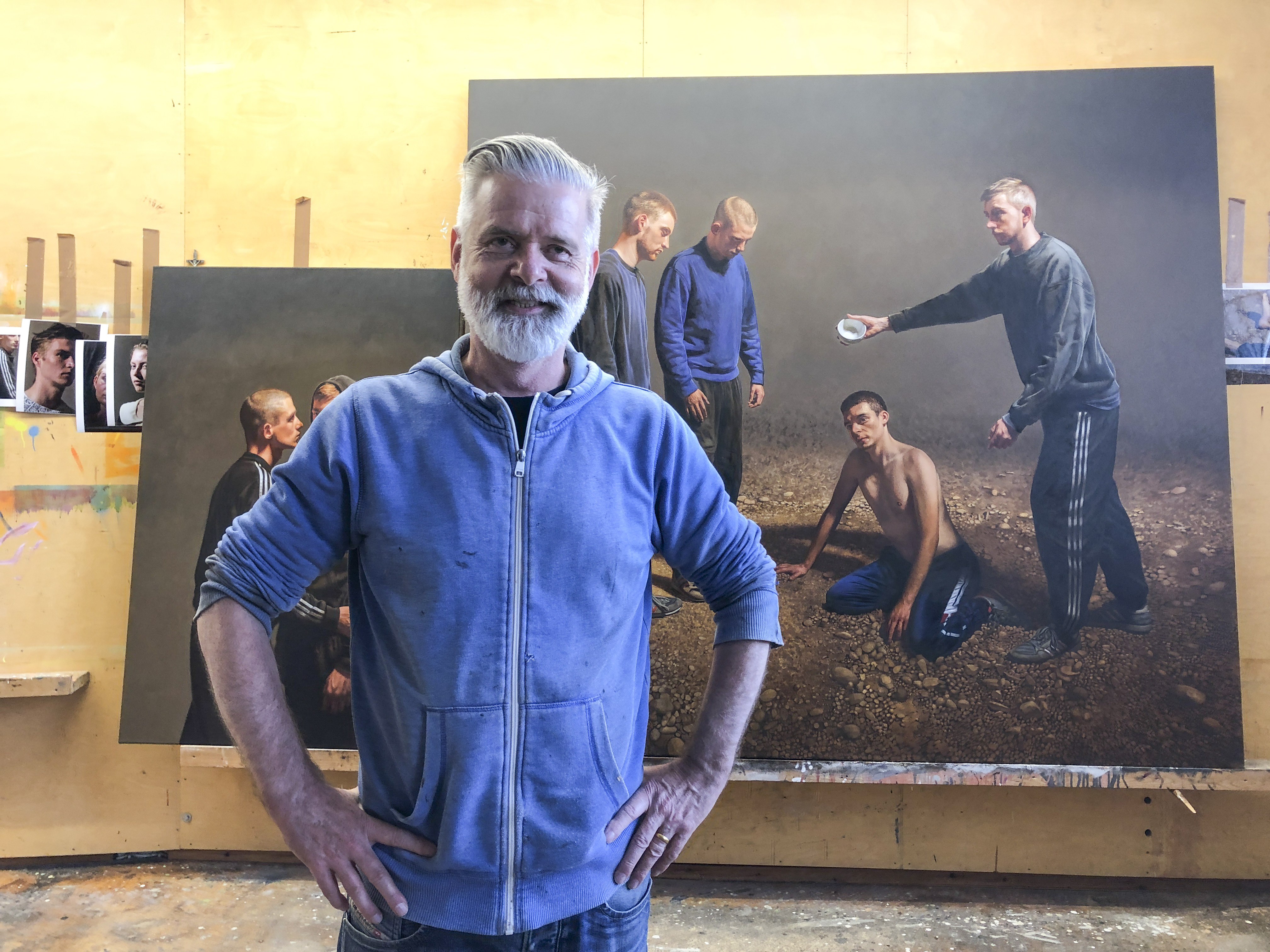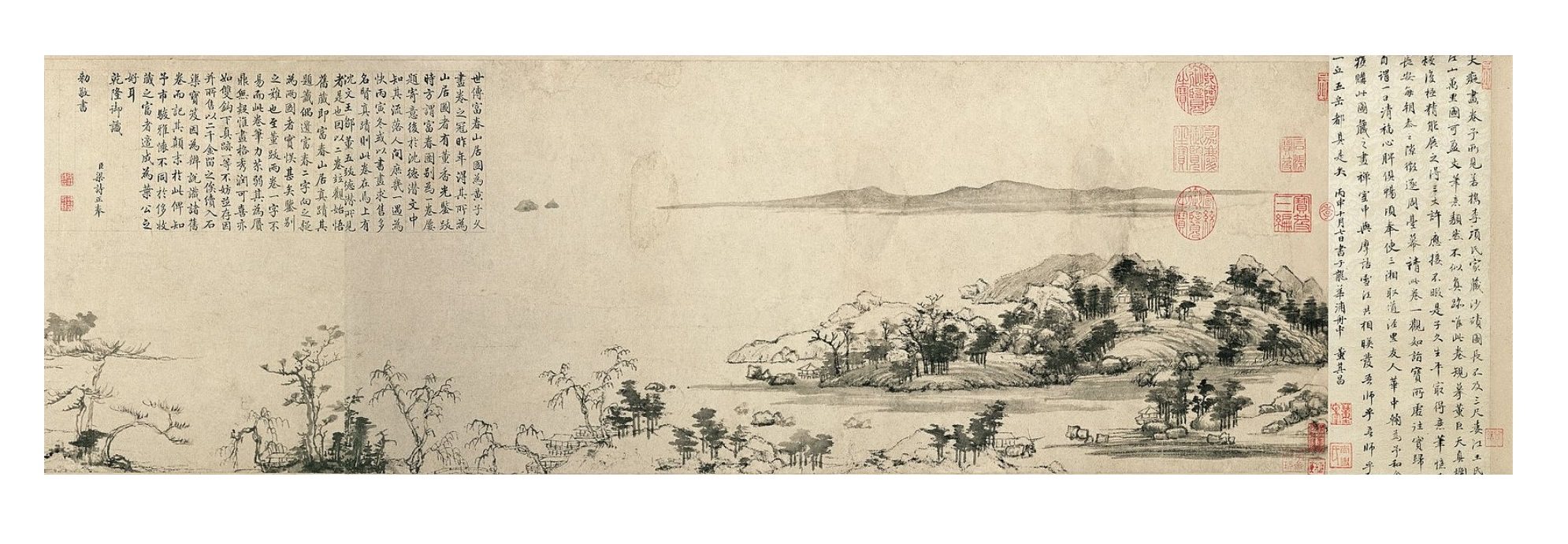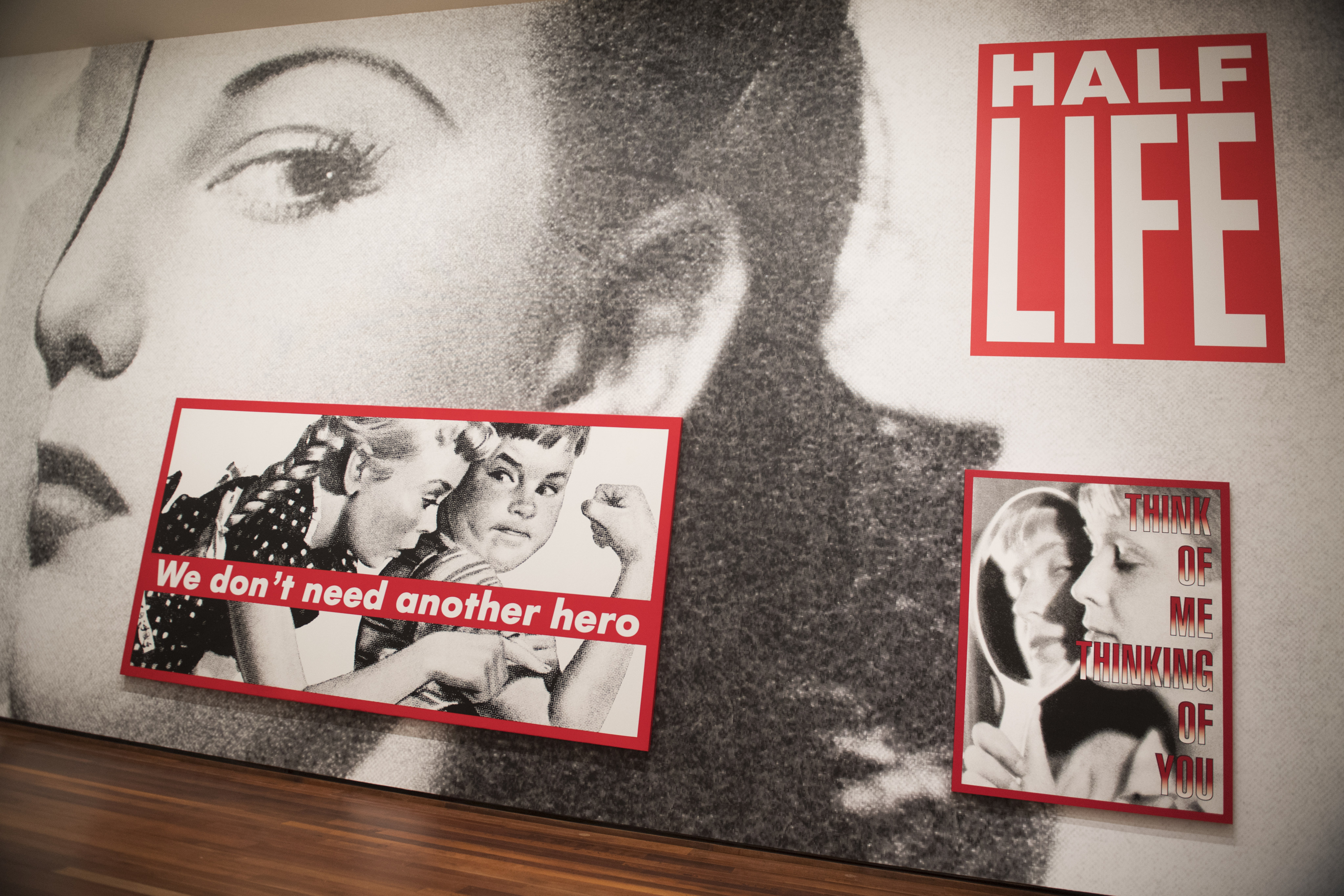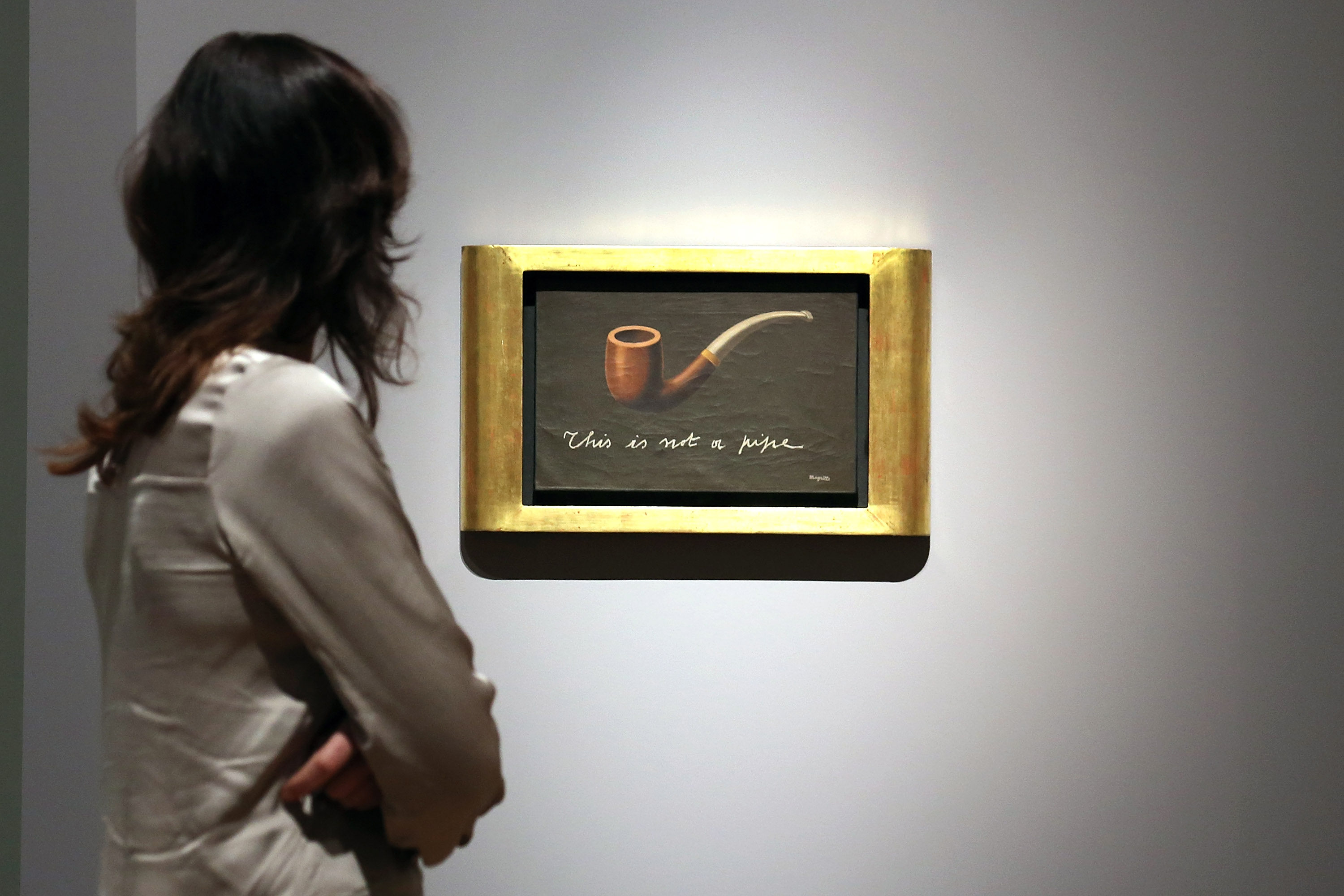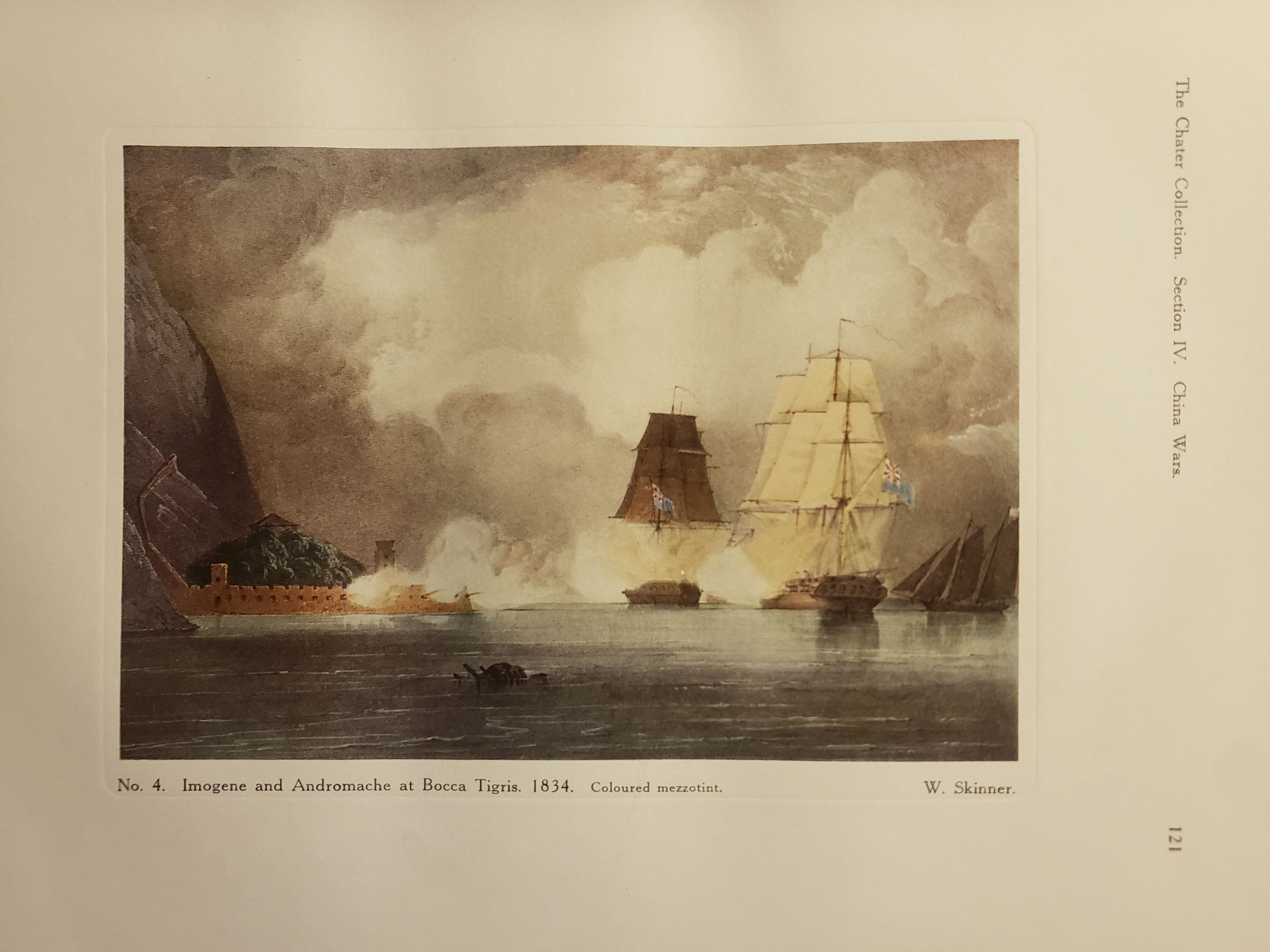Language Matters | The evolution of word art – from Picasso’s cubist collages to a vehicle for women’s rights, preserving dying languages, and more
- The image was central to art for most of history, but in the 20th century, artists like Barbara Kruger used text to make social and political statements
- More recently, word art has been used by artists to challenge faith in the written word, and even to promote disappearing indigenous languages around the world

Language is fundamental to the literary arts of fiction, drama, poetry and prose, as well as the performing arts. Within the visual arts, though, while words have been present for centuries – for example, in medieval illuminated manuscripts – it is the image that has been central.
The 20th century saw a shift. Already in the 1910s, the written word was abstracted and incorporated as a graphic, artistic element when Pablo Picasso and Georges Braque glued newspaper clippings in their cubist collages.
Meanwhile, surrealist René Magritte wrote “Ceci n’est pas une pipe.” (“This is not a pipe.”) below his 1929 painting of a pipe – creating a paradox for the conventional correspondence between object, image and word.
In the 1950 and ’60s, as a reaction to the high culture of abstract expressionism, conceptual artists started using text as the central vehicle for their artistic expression, and for social and political commentary.
Photographs were paired with pithy, assertive text by American collage artist Barbara Kruger to interrogate topics such as feminism, consumerism and individual autonomy. “I shop therefore I am” – alluding to Descartes – reframes what a meaningful existence entails; while “Your body is a battleground” was in support of legal abortion.
In word art, there is word play. The Anagrams and Palindromes series by American-Italian artist Massimo Agostinelli are a sequence of cultural snapshots, branded with a unique phrase playing upon its individual subject, such as the “CLINT EASTWOOD + OLD WEST ACTION” anagram, and “MADAM, IN EDEN I’M ADAM” palindrome.


